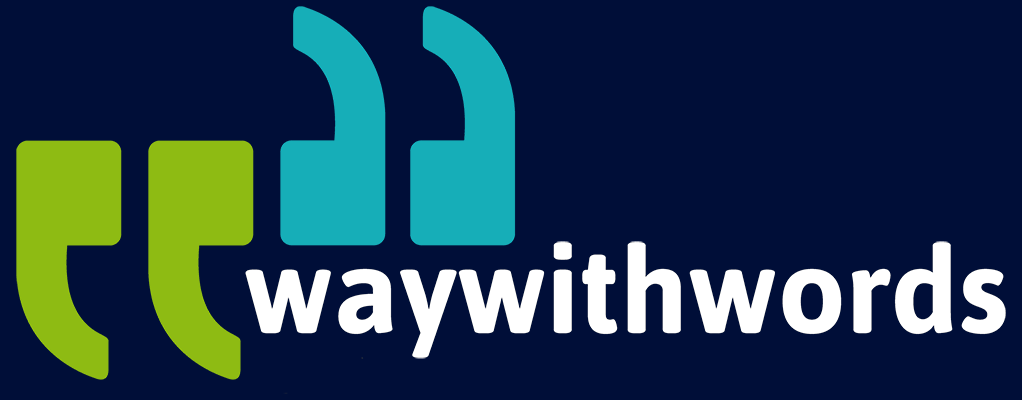What Are Examples of Speech Data Errors in Cross-Linguistic Corpora?
Avoiding the Pitfalls of Cross-linguistic Speech Corpora
In multilingual speech datasets, even small errors can ripple through the entire data pipeline—affecting model training, system accuracy, and ultimately, end-user experience. Cross-linguistic corpora, by their nature, combine recordings, transcripts, and annotations from multiple languages, dialects, and speech contexts. This complexity makes them particularly prone to a variety of quality assurance challenges.
Understanding the most common types of speech data errors, their causes, and how they can be mitigated is essential for any team working on multilingual or cross-linguistic voice datasets. This article explores the key error types, case studies of common pitfalls, human and machine sources of error, quality control protocols, and design strategies to prevent problems before they start.
Types of Errors in Cross-Linguistic Speech Data
Errors in multilingual corpora can occur at any stage—from audio capture to transcription, annotation, and formatting. The most prevalent include:
Misalignment of Audio and Transcription
- Description: When the transcript does not accurately match the audio timeline.
- Example: A sentence starting at 00:12 in the audio is timestamped as beginning at 00:10, causing word boundaries to drift.
- Impact: This can severely affect speech recognition training, especially for models learning to map acoustic features to text.
Transcription Inaccuracies
- Description: Words, phrases, or grammatical markers are incorrectly transcribed.
- Example: A tonal change in a Bantu language that changes word meaning is ignored by a transcriber unfamiliar with tone.
- Impact: Leads to semantic errors in NLP tasks, especially in languages where small phonetic changes carry significant meaning.
Speaker Misclassification
- Description: Incorrect assignment of speech segments to the wrong speaker.
- Example: In a group recording, overlapping speech is attributed to the wrong participant.
- Impact: Compromises diarisation accuracy and downstream conversational modelling.
Code-Switching Confusion
- Description: Mislabelling or mis-segmentation of language switches within the same utterance.
- Example: A South African speaker switches between isiXhosa and English mid-sentence, but the transcript labels the whole sentence as isiXhosa.
- Impact: Reduces performance of code-switch–aware ASR and misrepresents linguistic reality.
These errors are often interrelated. For example, code-switching confusion can cause transcription inaccuracies, while speaker misclassification can lead to timestamp misalignment.
Case Studies of Common Pitfalls
Examining real-world examples offers a clearer understanding of how speech data errors occur and their potential consequences.
Bias from Unbalanced Speaker Demographics
A large multilingual corpus aimed at training voice assistants in West Africa skewed heavily towards male urban speakers. While not a direct transcription error, the imbalance resulted in higher ASR error rates for rural female speakers, effectively biasing the model.
Lesson: Without demographic balance, even technically accurate transcripts will fail to deliver equitable performance.
Mislabelled Languages in Low-Resource Contexts
In a Southeast Asian corpus, several hundred hours of minority language recordings were accidentally labelled under the dominant regional language due to a misunderstanding between field linguists and data processors. This resulted in the minority language being almost invisible in training.
Lesson: Poor metadata control can erase entire linguistic categories.
Timestamp Drift in Long Recordings
A European parliamentary transcription project recorded multi-hour sessions. Small timestamp misalignments at the start compounded over hours, creating delays of several seconds by the end of the file.
Lesson: Long-form audio demands intermediate alignment checks to prevent drift.
Over-Cleaning Audio
In an Arabic-English code-switch dataset, aggressive noise reduction removed background consonant aspiration, which in some dialects carries meaning. Models trained on this “clean” data struggled in real-world conditions.
Lesson: Over-processing can distort linguistic features critical to accurate recognition.
Human vs. Machine Error in Annotation
Both human annotators and automated systems introduce unique types of errors. Understanding their differences helps in designing better QA strategies.
Human Error Sources
- Fatigue: Long annotation sessions lead to increased typo rates and missed segments.
- Language Familiarity Gaps: Non-native annotators may miss subtle distinctions in pronunciation or grammar.
- Subjectivity in Ambiguous Cases: Transcribers may interpret unclear speech differently, leading to inconsistent labels.
Machine Error Sources
- Inflexible Models: Automated tagging systems may force ambiguous speech into the closest known label, even when context suggests otherwise.
- Limited Domain Knowledge: ASR trained on news data may struggle with conversational or dialectal speech.
- Error Propagation: Mistakes in one processing stage (e.g., language detection) can cascade through later stages (e.g., transcription, tagging).
Hybrid Risk: Combining machine pre-processing with human review can compound errors if reviewers over-trust machine output rather than verifying it thoroughly.

Quality Control Protocols
Robust quality control is the backbone of multilingual corpus reliability. Effective QA combines multiple approaches:
Validation Sets
- Hold back a portion of the dataset specifically for quality checking, comparing it against ground-truth annotations.
Double Annotation
- Have two independent annotators transcribe the same audio. Discrepancies are then reviewed by a senior linguist.
Review Loops
- Introduce regular feedback cycles between field recorders, transcribers, and project leads to clarify ambiguities.
Linguistic Verification
- Engage native-speaking linguists to review not just transcription accuracy but also cultural and dialectal appropriateness.
Spot Checks
- Randomly sample files from each language or region to detect systemic errors early.
A good QA protocol is iterative: errors identified in one phase should inform refinements in annotation guidelines and training.
Mitigating Errors Through Dataset Design
Preventing speech data errors often begins before a single second of audio is recorded.
Balanced Speaker Representation
- Recruit across gender, age, region, and socio-economic background to reduce bias.
- Avoid over-representing “standard” dialects at the expense of local variants.
Clear Annotation Guidelines
- Define rules for handling hesitations, overlaps, false starts, and code-switching.
- Use consistent symbols and formatting for all annotators.
Modular Data Collection
- Record in shorter segments to reduce alignment drift.
- Tag each file with rich metadata—speaker ID, location, recording conditions, and equipment used.
Linguistic Diversity Planning
- Map out the range of dialects and language variants to be included.
- Engage community representatives to ensure accurate and respectful representation.
Pilot Testing
- Run a small-scale collection and QA before launching full-scale data gathering.
- Adjust processes based on pilot findings.
Well-planned dataset design significantly reduces downstream QA load and improves model performance across linguistic boundaries.
Final Thoughts on Speech Data Errors
Cross-linguistic speech corpora are invaluable for building multilingual AI, but they also carry a heightened risk of errors due to their complexity. Misalignments, transcription inaccuracies, speaker misclassification, and code-switching confusion are just some of the challenges. Through careful dataset design, rigorous QA protocols, and an understanding of both human and machine error sources, these pitfalls can be mitigated.
By addressing these issues early, dataset curators and QA leads can ensure that the resulting models are both accurate and fair—capable of handling the rich linguistic diversity they are meant to serve.
Resources and Links
Corpus Linguistics – Wikipedia – Overview of linguistic corpora, their design, and the role of error detection in corpus-based studies.
Featured Transcription Solution: Way With Words – Speech Collection – Way With Words excels in real-time speech data processing, leveraging advanced technologies for immediate data analysis and response. Their solutions support critical applications across industries, ensuring real-time decision-making and operational efficiency.
